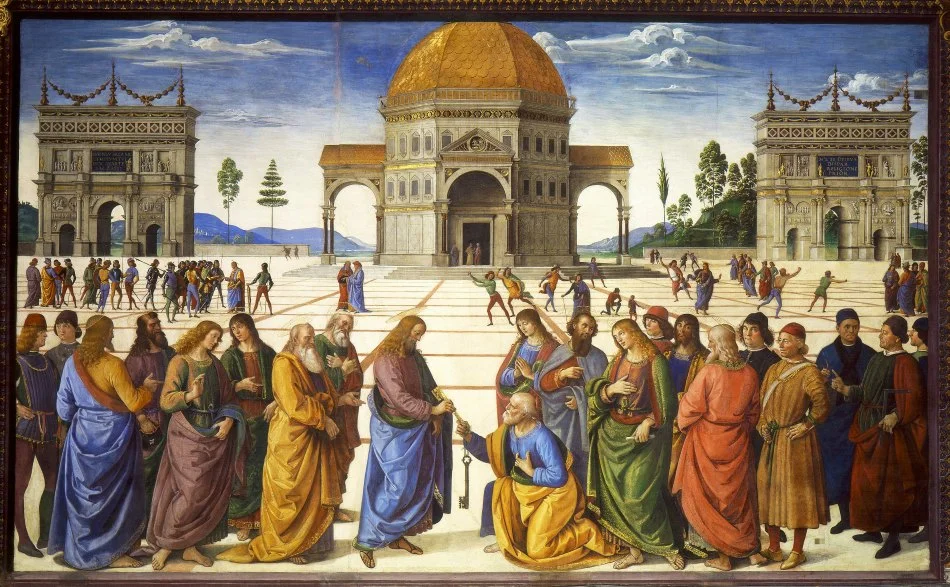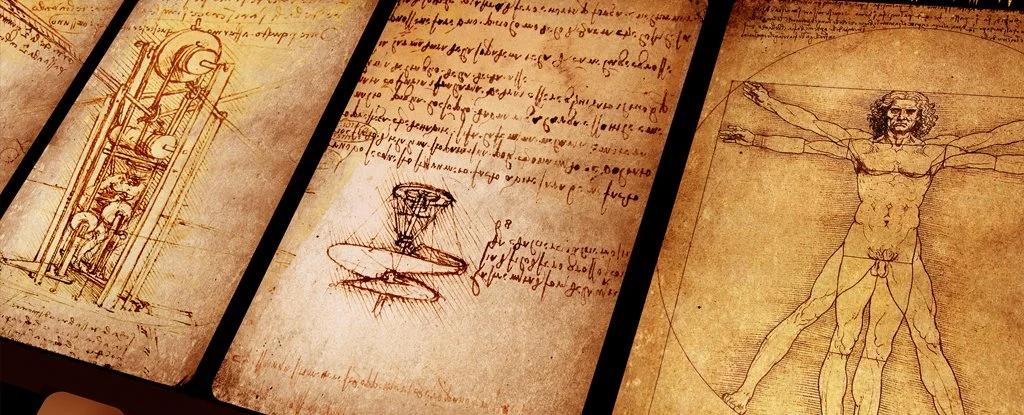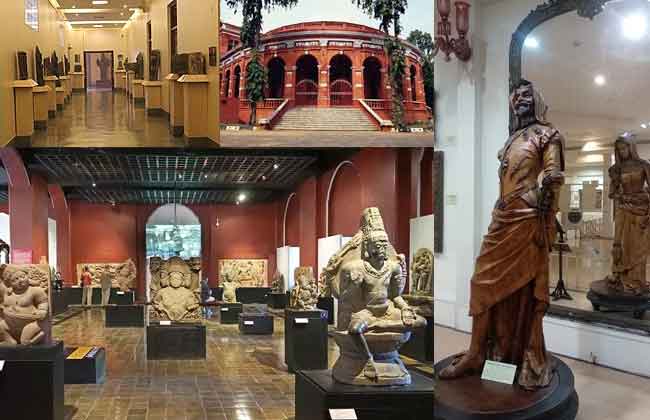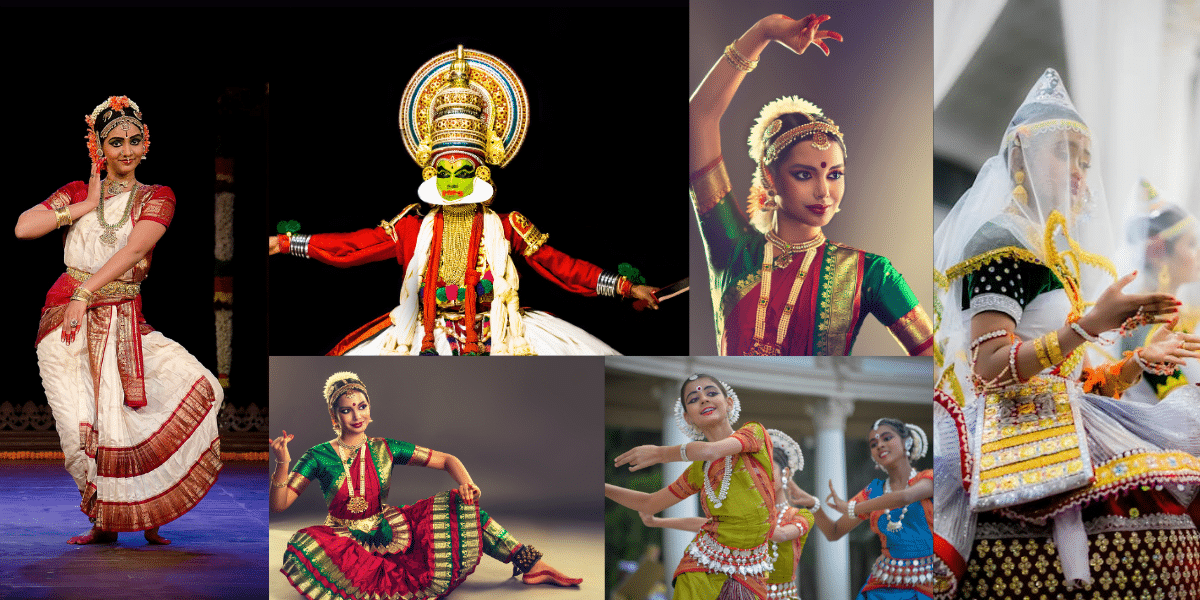The Renaissance: The Renaissance, meaning “rebirth” in French, was a transformative period in European history that spanned from the 14th to the 17th century. It marked a profound shift from the medieval worldview to a renewed interest in art, science, literature, and philosophy. This article explores the multifaceted aspects of the Renaissance, shedding light on its key characteristics, notable figures, and lasting impact on society.
I. The Origins of the Renaissance:

A. Breaking Free from the Medieval Shackles:
- The decline of feudalism and rise of city-states as centers of commerce and intellectual activity.
- The rediscovery of ancient Greek and Roman texts, leading to the revival of classical knowledge.
- The role of the printing press in disseminating ideas and fostering cultural exchange.
B. Humanism and the Focus on Human Potential:
- Humanist philosophy and its emphasis on individualism, human achievements, and worldly pursuits.
- The pursuit of knowledge in diverse fields, including art, literature, science, and philosophy.
- The integration of secular ideas alongside religious beliefs.
II. The Renaissance in Art:
A. Realism and Perspective:
- The development of linear perspective and naturalistic representation in painting.
- Leonardo da Vinci’s mastery of perspective and anatomical accuracy in works like “The Last Supper” and the “Mona Lisa.”
- The use of light and shadow to create depth and three-dimensionality in artworks.
B. Artists as Intellectuals:
- Michelangelo’s sculptures and paintings, showcasing the human body’s beauty and potential.
- Raphael’s skillful composition and attention to detail in works such as “The School of Athens.”
- The influence of artistic guilds and patronage on the flourishing of artistic expression.
III. The Renaissance in Science and Philosophy:

A. The Scientific Revolution:
- Copernicus and the heliocentric model, challenging the geocentric worldview.
- Galileo Galilei’s telescopic observations, supporting the heliocentric theory and paving the way for modern astronomy.
- The blending of scientific inquiry with empirical observation and mathematical principles.
B. Philosophical and Intellectual Movements:
- The impact of Renaissance humanism on moral, social, and political thought.
- The works of philosophers like Niccolò Machiavelli, who explored the relationship between power and governance in “The Prince.”
- The influence of thinkers such as Erasmus, who championed religious tolerance and education.
IV. Renaissance Literature and Education:
A. Reviving Classical Literature:
- The translation and interpretation of ancient Greek and Roman works.
- Dante Alighieri’s “Divine Comedy” as a masterpiece combining Christian theology and classical literature.
- The creation of vernacular literature, including Shakespeare’s plays and Petrarch’s sonnets.
B. The Importance of Education:
- The establishment of humanist schools and universities.
- The focus on liberal arts, critical thinking, and civic education.
- The democratization of knowledge through the printing press and increased literacy.
V. The Renaissance Legacy:

A. Impact on Art and Culture
- The influence of Renaissance aesthetics on subsequent artistic movements.
- The concept of the “Renaissance man” and the ideal of a well-rounded, cultured individual.
- The legacy of Renaissance artists in shaping art history and inspiring future generations.
B. Scientific and Intellectual Progress:
- The foundations laid by Renaissance scientists in astronomy, physics, and anatomy.
- The shift towards empirical observation and experimentation, leading to the Scientific Method.
- The enduring influence of Renaissance philosophy on political thought and human rights.
The Renaissance was a remarkable period that witnessed a profound transformation in European society, spanning art, science, philosophy, and education. It challenged traditional beliefs, fostered a spirit of inquiry, and celebrated human potential. The legacy of the Renaissance continues to shape our understanding of art, knowledge, and the boundless capabilities of the human mind. As we look back on this pivotal era, we are reminded of the power of curiosity, creativity, and the relentless pursuit of excellence.
Read Also:Traditional Art and Craftsmanship
![]()






4 thoughts on “The Renaissance”